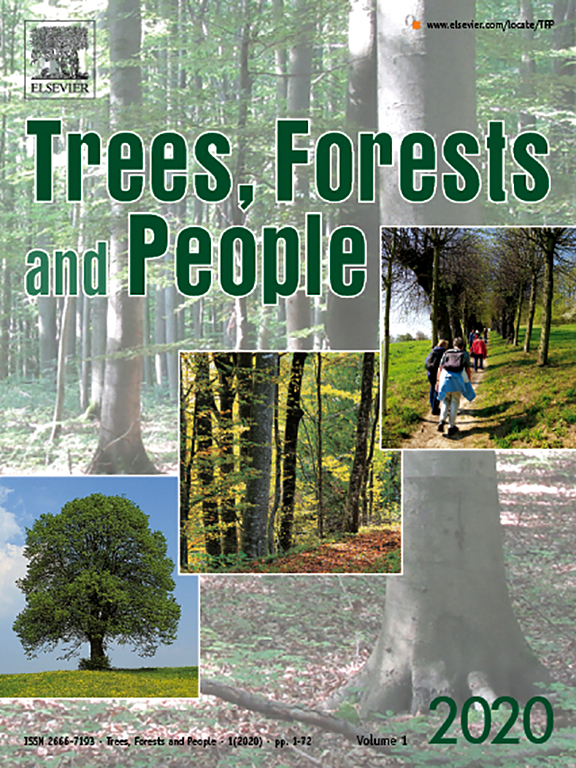Forest rights devolution in Nepal from the late 1980s created different types of community-based forest management institutions, in particular community forestry user groups. Effective forest regeneration led to a new focus on entrepreneurial opportunities for improving livelihoods and social equity, resulting in considerable if unstable enterprise growth. Employing the concept of enabling and asset investments, the study examines how user groups have established and managed forest-based enterprises, taking account of regulatory and non-regulatory factors. The study is based on primary data from interviews with 12 community-managed forest enterprises as well as secondary data from the published, government and grey literature. In light of the high export demand for non-timber forest products from India and elsewhere, there has been gradual policy support for enterprise development from the government. Enabling investments by the government, donors and non-governmental organizations have built momentum and contributed to success. Forest-based enterprises have the potential to change the face of Nepal’s rural economy. However, complex and poorly harmonized regulatory requirements have kept many community-managed forest enterprises in a state of informality and unable to attract asset investment. An emerging second generation of community-managed forest enterprises can benefit from reductions in regulatory burdens and attract asset investments capable of overcoming current obstacles to growth.
Download:
DOI:
https://doi.org/10.17528/cifor/007445
Score Altmetric:
Dimensions Nombre de citations:




















